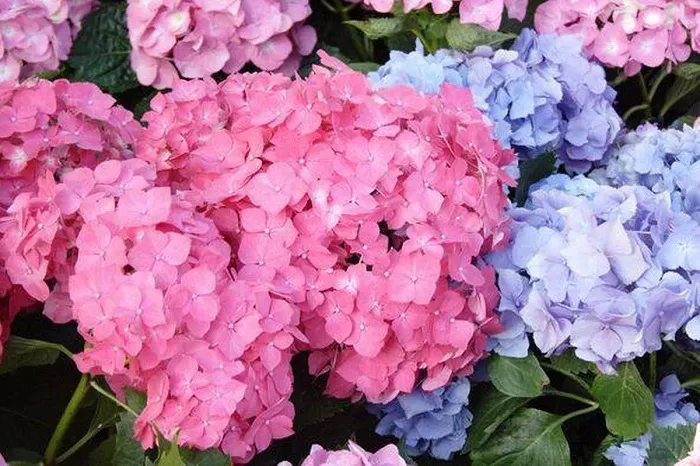Hydrangeas, with their vibrant hues of pure white, lush green, deep purple, rosy pink, striking blue, and variegated patterns, are sure to find a shade that complements any garden’s aesthetic. Among these, blue hydrangeas are particularly prized for their vivid spherical blooms, which stand out among other blue-flowered plants.
Many garden enthusiasts, captivated by the unique charm of pink hydrangeas, often wish to transform them into the coveted blue variety. The Hydrangea macrophylla, or “Bigleaf Hydrangea,” is especially notable for its ability to change colors, showcasing nature’s own alchemy. This variant is known for its spectrum of colors, including pink, blue, and resplendent white blooms that remain unaffected by attempts at color alteration. However, it is not a paintbrush but the soil’s pH level that determines whether the flowers will be pink or blue.
A recent post on the Creative Gardening Facebook group revealed the remarkable impact of coffee grounds on hydrangeas. Janet Scott shared her experience, exclaiming, “My hydrangeas have turned gorgeously blue and have been growing like crazy since using coffee grounds,” as reported by the Express. Fellow gardening expert Lori Jagon added, “I do the same at the beginning of spring through till autumn and have beautiful blue blooms.”
Kat Niman advised, “Coffee acts as a fertilizer and helps produce blue blooms due to its acidity. You can go ahead and add it now.” She also noted that the desired bloom color can be achieved by adjusting the soil’s pH with other additives.
So, what’s the science behind this color change? In essence, the more alkaline the soil, the pinker the blooms. At a neutral pH, some varieties will remain pink, while others will start to display hints of blue, along with lovely shades of lavender. For blue hydrangeas to truly thrive, they require acidic soils, typically with a pH of 5.5 or lower.
To achieve this, incorporate coffee grounds into the soil before watering. Be patient, as the color change will occur gradually—it may take a full year of consistent effort for the soil to reach the desired acidity.


